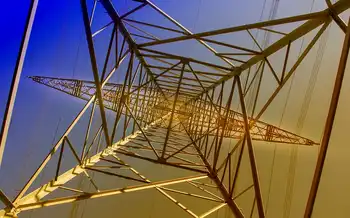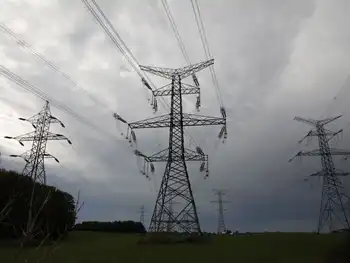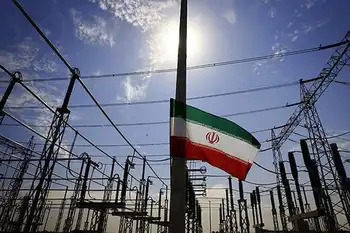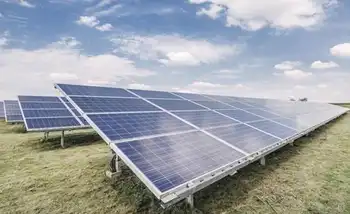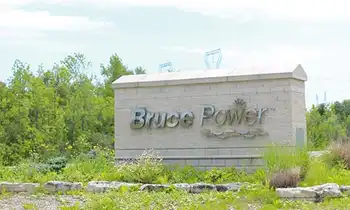UK needs 30% nuclear to meet emission targets: EDF
By Industrial Info Resources
Substation Relay Protection Training
Our customized live online or in‑person group training can be delivered to your staff at your location.

- Live Online
- 12 hours Instructor-led
- Group Training Available
EDF Energy is looking for a lion's share of the UK's nuclear power sector and has plans to build at least four new nuclear reactors in the country.
Much of Britain's aging thermal and nuclear capacities are scheduled to be decommissioned by 2015. Although North Sea oil and gas resources are expected to be halved by 2020, the UK government remains hopeful of meeting about 55% of the country's gas requirements from this source. Malcolm Wicks, Member of Parliament for Croydon North and the prime minister's special energy security envoy, has called for speedy action to ensure long-term energy security for the country. The government continues to focus on subsidizing alternate renewable energy ventures to achieve climate and emission-reductions targets.
The Confederation of British Industry (CBI) has adopted the same stance as EDF Energy, calling for 16,000 megawatts (MW) of greenfield nuclear capacity to be installed by 2030 through 10 to 12 reactors in six to 10 plants. The CBI has also asked for a change in existing government policy, which subsidizes renewable ventures when other cost-effective, low-carbon power sources are available.
Amidst warnings of adopting a lukewarm approach in addressing the energy shortage, the UK government has shortlisted potential sites for nuclear power ventures to be considered by the public. The sites selected by the stakeholders of the proposed nuclear ventures — EDF, E.ON AG, RWE AG, and the Nuclear Decommissioning Authority — include Braystones, Kirksanton and Sellafield in Cumbria; Bradwell, Hinkley Point and Somerset in Essex; Dungeness in Kent; Hartlepool in Cleveland; Heysham in Lancashire; Sizewell in Suffolk; Wylfa Peninsula in Anglesey; and Oldbury in Gloucestershire.
While local authorities and government ministers are happy about going nuclear, Liberal Democrats and environmental campaigners are against the development of nuclear power stations in their localities. Safety, environmental impact, lack of infrastructure, risks of terrorist attacks, and colossal expenses are among the reasons cited by locals opposing the ventures. On the other hand, energy security, employment, and reliable long-term power sources are a few reasons to favor the nuclear plants.
The UK's new Infrastructure Planning Commission (IPC) will accept applications for two nuclear energy projects — EDF's Hinkley Point C and Sizewell C nuclear power plants — in addition to related grid connections. EDF plans to build two reactors at each of these sites at a cost of £5 billion (US$8.2 billion) apiece. EDF, E.ON and RWE plan to add about 15,000 MW of nuclear power generation capacity in the UK. This represents about 30% of the total power output of the country. EDF is looking to add 6,400 MW, and the other two firms plan to add about 6,000 MW through a joint venture.
Nuclear power accounted for 13% of the UK's total energy output in 2008. The UK's Planning Policy Statements are expected to reflect the government's commitment to establish at least six nuclear plants in the near future, in line with the recommendations of the Independent Committee on Climate Change, which urges the country to develop at least three nuclear plants by 2022 in order to meet emission-reduction targets.





